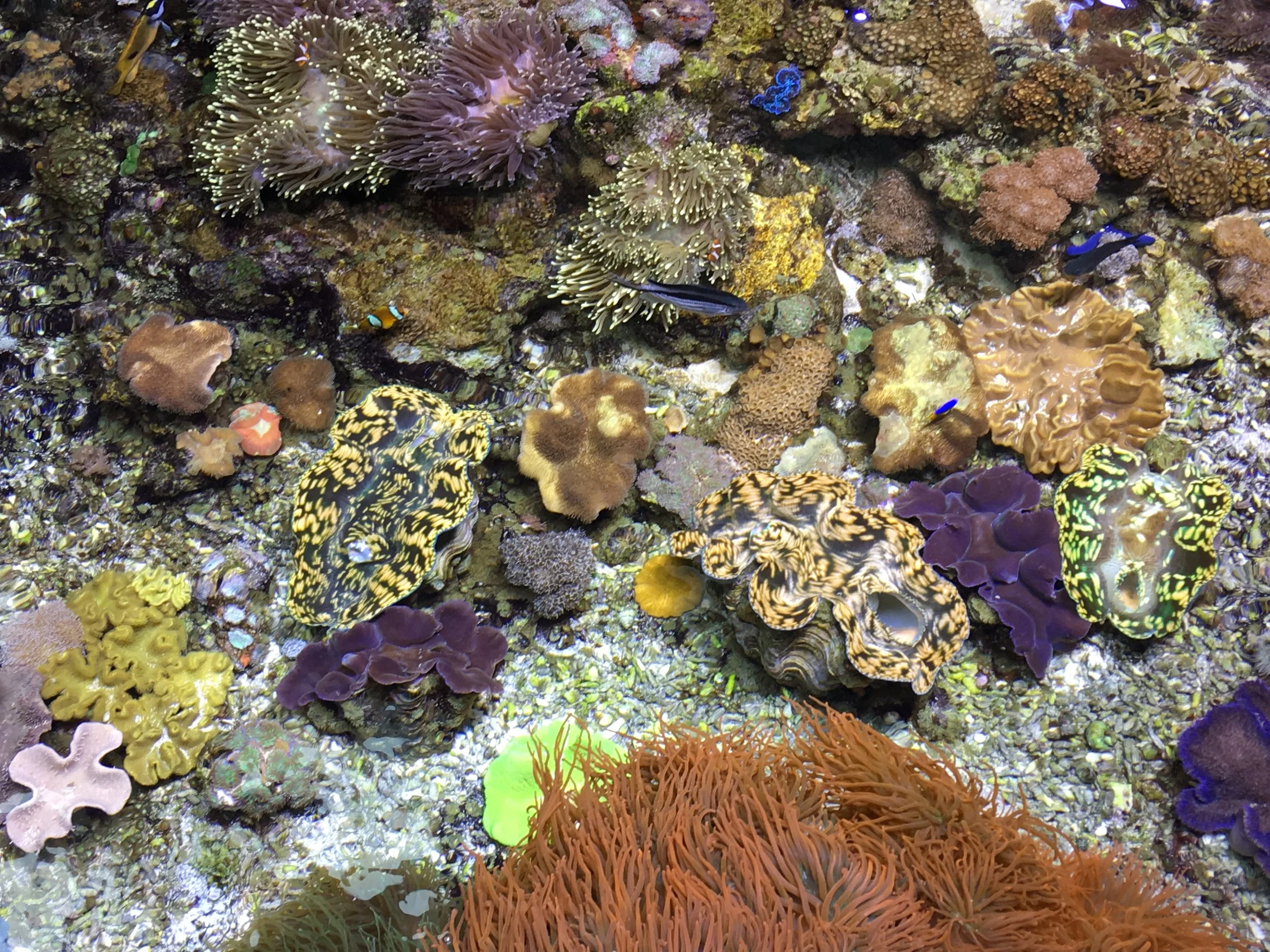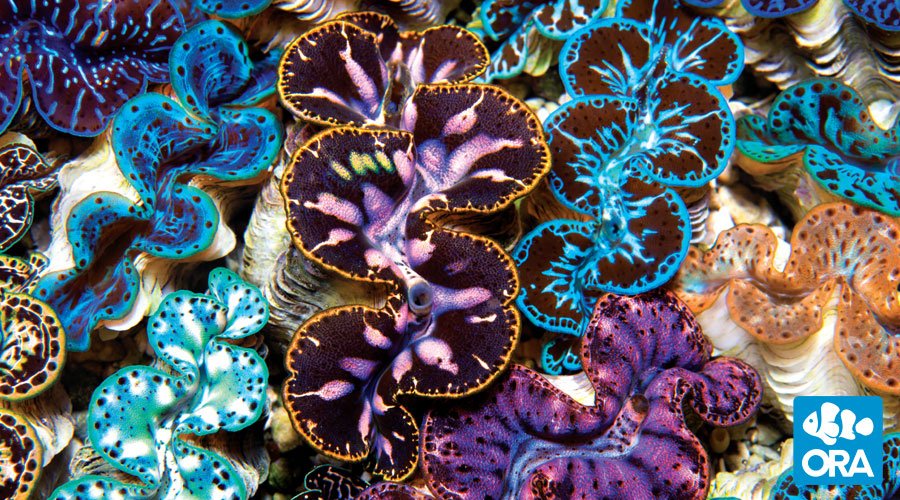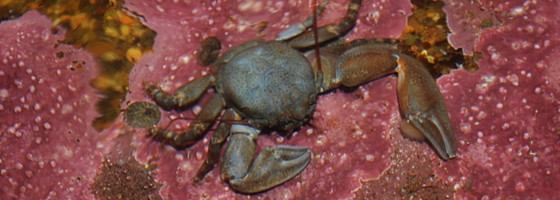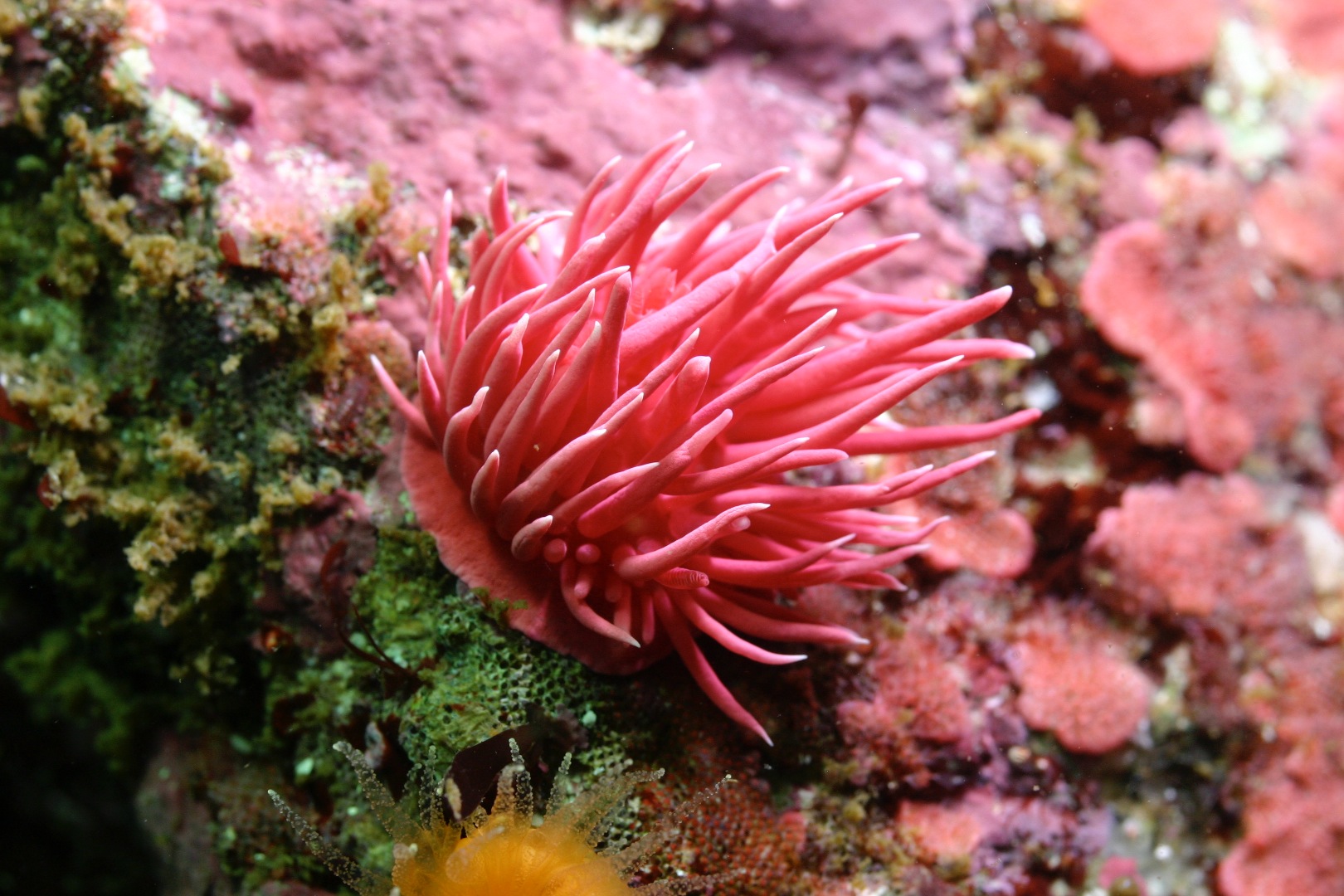The Tara Pacific Project
Bioinformatic analysis of genomic and functional diversity of the coral holobiont
Mo'orea, Society Archipelago, French Polynesia. Photo © Lauric Thiault
Although covering only 0.02% of the ocean’s surface, coral reefs harbour 25% of ocean biodiversity. They provide direct livelihood in terms of food and ecological services (fisheries, tourism and coastal protection) with an estimated worth of ~$ 30 billion per year. Recent estimates indicate that about 20% of reefs have already vanished, and that 25% remain in grave danger (rising to 50% by 2050) [1].
In this context, the Tara Pacific expedition (2016-2018) was founded in order to improve our understanding of the evolution and adaptability of coral reefs [2]. This expedition is unique in the large geographical area covered (35 islands spread across tropical IndoPacific), and by the breadth of the sampling (~40 000 samples of water, fishes and corals). Following the success of protocols and results obtained during Tara Oceans expedition [3,4],
Working with colleagues at the Genoscope sequencing facility (Centre National de Sequençage, Évry, France), I analysed genomic and functional diversity of multiple Pocillopora species at a pan-Pacific scale. These genomic analyses provided new avenues for exploring capacities for resistance, adaptation, and resilience to environmental change.
Hughes, T.P., et al., Global warming and recurrent mass bleaching of corals. Nature, 2017. 543(7645): p. 373-377.
Tara website: http://oceans.taraexpeditions.org/m/qui-est-tara/les-expeditions/tara-pacific/
Alberti, A., et al., Viral to metazoan marine plankton nucleotide sequences from the Tara Oceans expedition. Sci Data, 2017. 4: p. 170093.
Bork, P., et al., Tara Oceans. Tara Oceans studies plankton at planetary scale. Introduction. Science, 2015. 348(6237): p. 873.







